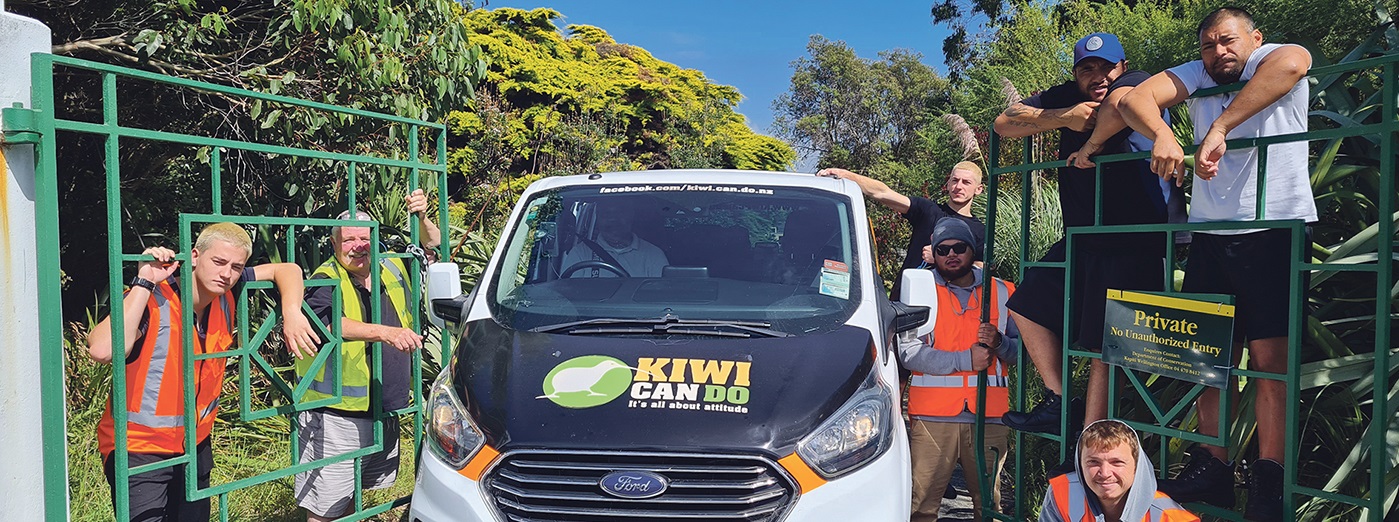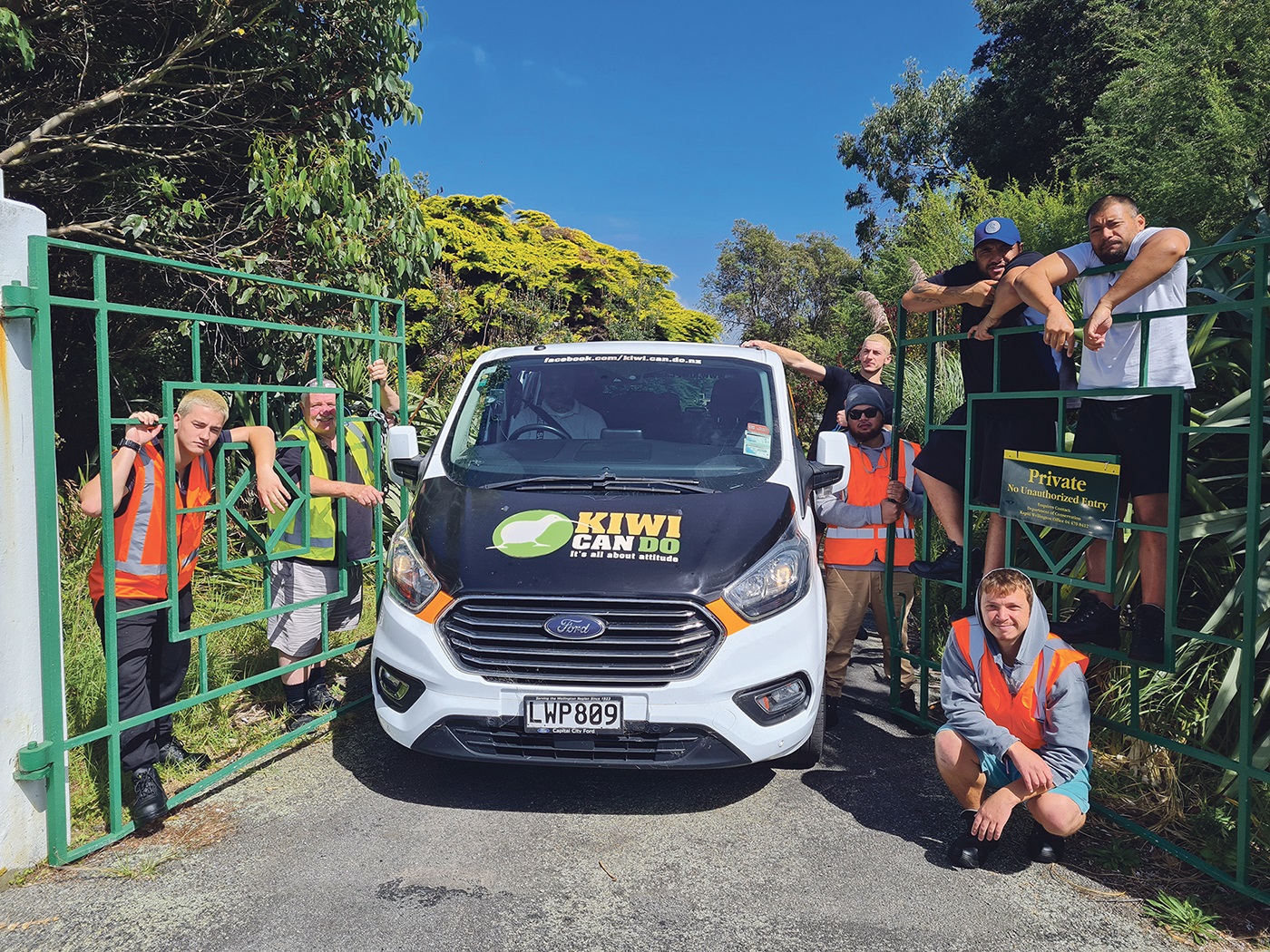
The gates are officially open again and work training has begun at the old Ōtaki children’s health camp.
Training provider Kiwi Can Do is running its first construction industry course there, with 12 participants who are currently bussed up daily from Wellington. The goal, however, is to train mostly local rangatahi, says Kiwi Can Do founder and managing director Iain Morrison.
“We’re keen to be involved in the local community, get some of the young people into training and connect them with employers,” Iain says. “We see plenty of opportunities for jobs in the area.”
Kiwi Can Do specialises in construction industry training. It partners with Work and Income and is funded by the Ministry of Social Development under the Construction Sector Accord to provide free courses for people on the job seeker benefit.
The accord is a combined effort by the government and industry to create a high-performance construction sector.
Standard three-week trades courses cover building, painting, plastering and scaffolding, helping mostly young people with basic skills to rebuild confidence. Experienced trades tutors run the courses, and participants come away with the knowledge and confidence to use tools and carry out construction work.
Kiwi Can Do works closely with trade employers to get job seekers into sustained employment. It follows up the training with help landing a job.
It also encourages and supports job seekers wanting to gain formal qualifications through the BCITO (Building and Construction Industry Training Organisation) or other tertiary training.
Iain sees huge potential in the old health camp site, which has been vacant since the camp was closed in 2018.
“There are dormitories, a kitchen and dining room – everything we need to have residential courses here,” he says.
An open day on August 8 was the result of long negotiations between Ngā Hapū o Ōtaki, Kiwi Can Do and the Department of Conservation. The department has managed the site since it was closed as a health camp.
Ngā Hapū o Ōtaki, representing local iwi, has a claim on the site as part of a pending Treaty of Waitangi settlement.
Ngā Hapū’s Caleb Royal at the open day outlined the historical significance of the whenua on which the camp was built.
“Ngāti Raukawa’s main fortified pā, Pakatutu, was on this land,” he told guests. “There were wetlands and cultivation that produced a huge amount of food for our people.”
He said Rev Octavius Hadfield had a church on the site, and there had been a couple of battles on the land. One was famously between Ngāti Raukawa and Te Ātiawa that escalated from a dispute over a pumpkin crop.
“So there are still skeletal remains around here,” he said. “Also an unmarked urupā.”
Caleb’s kōrero emphasised how important the land was to Ngā Hapū o Ōtaki, and why it had been a key partner in negotiations for future use of the land. Kiwi Can Do was a good fit.
“We’re interested in housing for our people and better outcomes for our rangatahi,” he said.

Kiwi Can Do students and tutors at the gates of the old Ōtaki children’s health camp.
Photo supplied
OTHER STORIES
LATEST POSTS
- More works in downtown Ōtaki
- Concerts line up for rotunda
- No respite for ‘cone town’
- Trout spawn in Winstone Lakes
- Rāhui Rd next in line for road works
- ‘Monkey’ back to old tricks
- Ōtaki dominates awards night
- Sam risks all for Gaza
- Heniti ‘proud to call Ōtaki home’
- Infrastructure works keep rolling on
- An ONZM for arts, sport, heritage
- Trappers aim for predator free Te Horo
- Te Horo hall wants land for car park
- Beach burglars pinch trailer and tools
- Toilet vandalism ‘tragic, sad’
- Fifty years for Ōtaki fire chief
- Idiots in cars’ block highway
- Oiroa Kaihau – a focused career soldier
- ‘Aunty Gabe’ Rikihana gone at 98
- Te Horo Hall opens for ‘future generations’
- Demographic shift offers ‘new opportunities’
- Kite magic returns to Ōtaki skies
- Crowds out for Waitangi Day
- Marian retires from women’s club
- Moy developers seek judicial review

